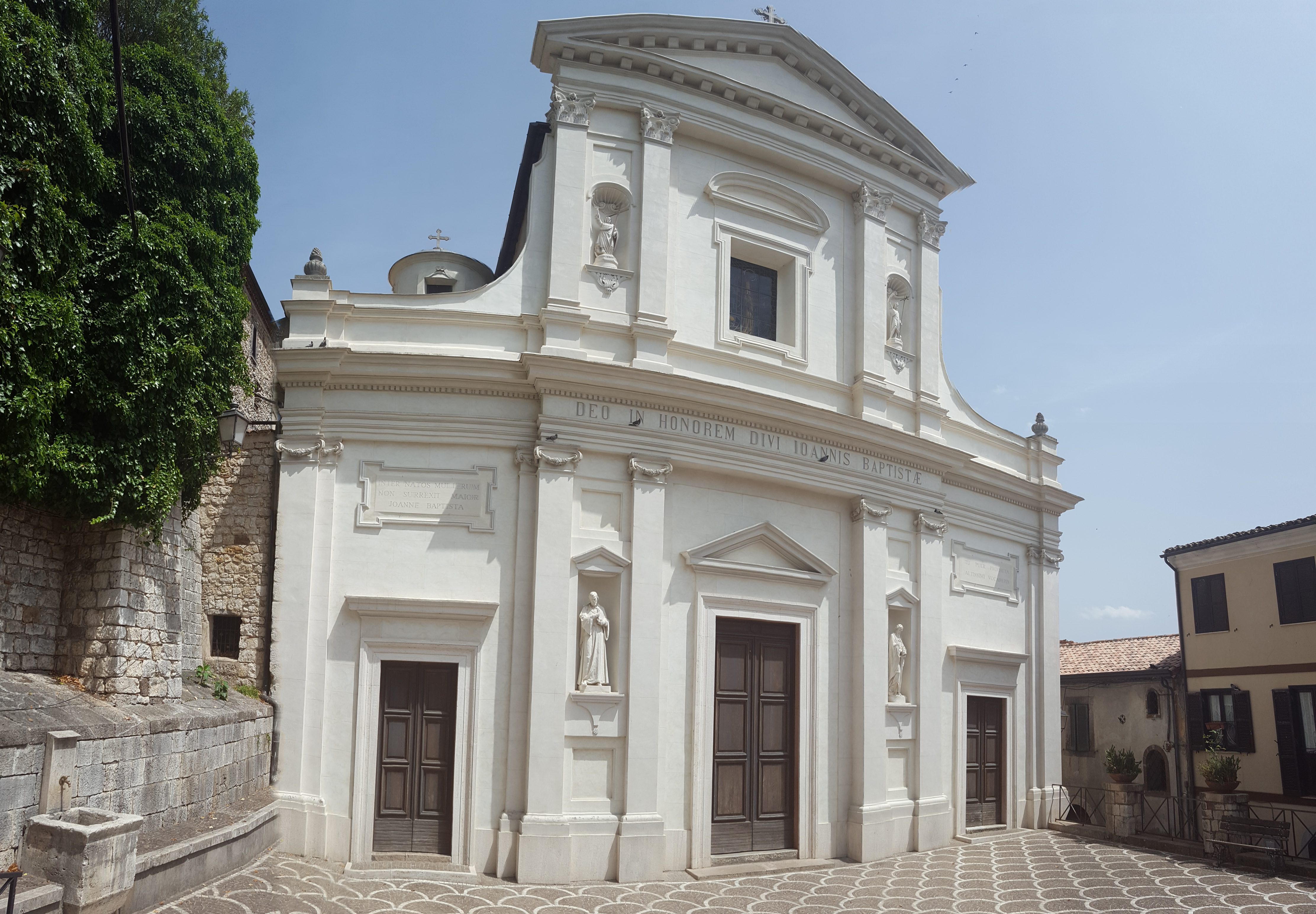The church of San Giovanni Battista in Ceccano was built on the remains of polygonal walls of pre-Roman times.
The first news we have is from the eighth century, when it is destroyed by the siege of the Lombards.
After 1000 it was often mentioned in the Annales Ceccanenses (Chronicles of Ceccano Counts).
The church appears in 1224 in the will of Count John I described as the "mother church" that is the main church of Ceccano.
The current building is the result of three restorations carried out over the centuries.
In the first of the sixteenth century when the facade facing the Old Town Square was closed and a new one created facing south (where there is now the apse).
In the second of the eighteenth century the interior was modified in baroque style and finally in the nineteenth century the facade was again changed realizing the apse facing to the south and the present façade to the north.
In 1845 it was declared Collegiate by Pope Gregory XVI. The interior is in baroque style with three naves.
Above the entrance there is the eighteenth-century organ made by an artisan company of Affile.
In the treasure chapel missals and reliquaries from the fifteenth century are preserved.
The first altar on the left aisle is dedicated to the Three Kings, and here is buried the Countess Rogasia (wife of Count John I).
According to oral tradition, epilepsy sufferers came here in prayer to receive healing through the intercession of the Countess.
On the main altar are a seventeenth-century painting of the beheading of St. John attributed to Guercino, the statue of Saint John, and a fifteenth-century crucifix.
The remains of the first structure with the original entrance portal are visible in the rooms of the sacristy to the side of an ancient medieval chapel with XIV century frescoes.
A stretch of polygonal walls and numerous Roman and medieval artifacts, and probably the tomb of Count John I, are visible in the rooms of the crypt.







Follow us